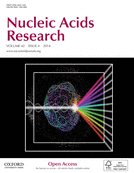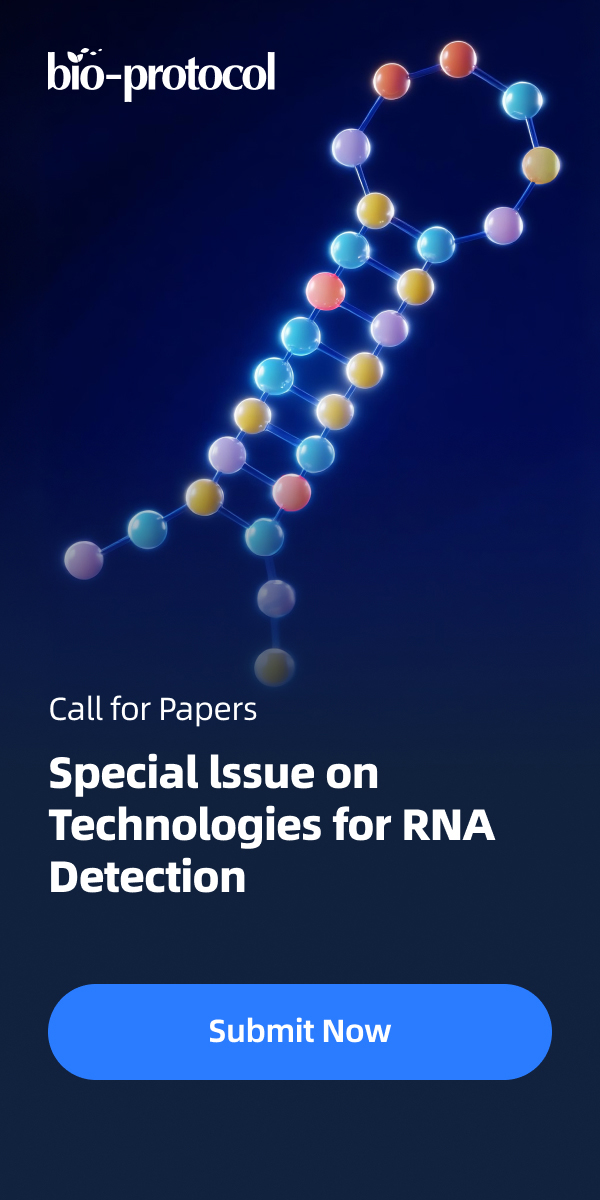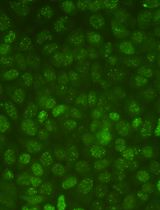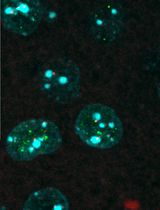- EN - English
- CN - 中文
Novel Method for Site-specific Induction of Oxidative DNA Damage to Study Recruitment of Repair Proteins to Heterochromatin and Euchromatin
研究异染色体和常染色质修复蛋白补充的特定位点诱导DNA氧化损伤新方法
发布: 2014年06月05日第4卷第11期 DOI: 10.21769/BioProtoc.1140 浏览次数: 10271
评审: Fanglian HeClaudia CatalanottiAnonymous reviewer(s)

相关实验方案
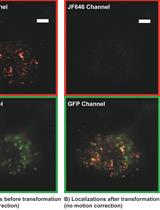
相关常规和超分辨率光激活定位显微镜 (PALM) 成像来表征活哺乳动物细胞的染色质结构和动力学
Dushyant Mehra and Elias M. Puchner
2023年10月20日 2466 阅读
Abstract
ROS-induced DNA damage is repaired in living cells within a temporal and spatial context, and chromatin structure is critical to a consideration of DNA repair processes in situ. It’s well known that chromatin remodeling factors participate in many DNA damage repair pathways, indicating the importance of chromatin remodeling in facilitating DNA damage repair. To date, there has been no method to induce site-specific oxidative DNA damage in living cells. Therefore, it is not known whether the DNA repair mechanisms differ within active or condensed chromatin. We recently established a novel method, DTG (Damage Targeted at one Genome-site), to study DNA damage response of reactive oxygen species (ROS)-induced DNA damage in living cell at one genome loci with active or inactive transcription. For this, we integrated a tetracycline responsive elements (TRE) cassette (~90 kb) at X-chromosome in U2OS cells (Lan et al., 2010), then fused KillerRed (KR), a light-stimulated ROS-inducer which can specifically produce ROS-induced DNA damage, to a tet-repressor (tetR-KR, OFF) or a transcription activator (TA-KR, ON) (Lan et al., 2014) (Figure 1). TetR-KR or TA-KR binds to the TRE cassette and induces ROS damage under hetero- or euchromatin states, respectively. How chromatin states regulate the DNA damage response processes can be examined by using this powerful method.
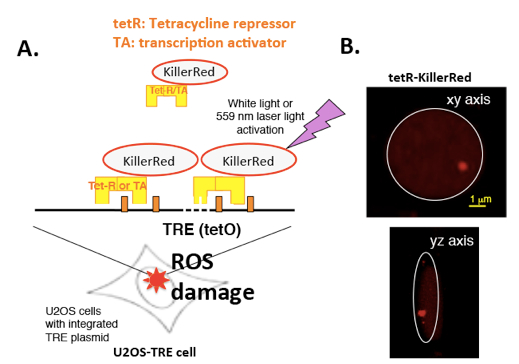
Figure 1. Scheme of the DTG system. A. Scheme of tetR and TA tagged KR expression in the U2OS TRE cell line. To induce ROS-mediated damage at a specific locus in the genome, we fused KR to the tetracycline repressor to induce ROS damage in a 90 kb tetracycline response element (TRE) array (totally 96 repeats) in U2OS cells. B. Expression of tetR-KR in U2OS TRE cell line.
Materials and Reagents
- U2OS-SCE cell line (made in our laboratory) (Lan et al., 2010)
Notes:- In this cell line, 200 copies of pTRE / I-SceI were integrated in U2OS cells.
- Cells are cultured with Dulbecco’s Modified Eagle’s Medium High glucose with stable L-glutamine (DMEM) (EuroClone S.p.A. P.IVA, catalog number: ECM0103L ) with 10% Fetal Bovine Serum (FBS) (Sigma-Aldrich, catalog number: F9665 ).
- For preparation of cells, cells were washed with PBS without Ca2+ and Mg2+ (EuroClone S.p.A. P.IVA, catalog number: ECB4004L ), trypsinized with Trypsin/EDTA without out Ca2+ and Mg2+ (Thermo Fisher Scientific, catalog number: BW17161E ).
- In this cell line, 200 copies of pTRE / I-SceI were integrated in U2OS cells.
- Plasmids
- pBROAD3/tetR-KR
- pBROAD3/tetR-mCherry
- pBROAD3/TA-KR
- pBROAD3/TA-mCherry
Note: pBROAD3/tetR-mcherry was provided by Dr. Edith Heard (Masui et al., 2011); pBROAD3/tetR-KR, pBROAD3/TA-mCherry, pBROAD3/TA-KR were made in our laboratory (Lan et al., 2014). Sequences are available based on requests.
- pBROAD3/tetR-KR
- GFP-fusion protein or endogenous protein
- Lipofectamine 2000 (Life Technologies, catalog number: 12566-014 )
- Opti-MEM (Life Technologies, catalog number: 51985-091 )
- 35 mm glass bottom culture dishes (MatTek, catalog number: P35GC-1.5-14-C )
- IMMOIL-F30CC (Chip Humphries, catalog number: Z-81225 )
Equipment
- 35 mm glass bottom culture dishes
- 37 °C, 5% CO2 cell culture incubator
- Olympus FV1000 confocal microscopy system (OLYMPUS, model: FV1000- FILTER DETECT ; SYS.PACKAGE: IX81-1 405/M_AR/559/635N) with 488, 559 nm lasers
- PLAPON 60x oil lens (super chromatic abe. corr. obj W/1.4NA FV) (OLYMPUS, catalog number: FM1-U2B990 )
- Thermo-plate (MATS-U52RA26 for IX81/71/51/70/50, metal insert, HQ control) (OLYMPUS, catalog number: OTH-I0126 )
- 15 watt cool white fluorescent bulb (OSRAM SYLVANIA)
- A stage UVP (Upland, CA)
Procedure
文章信息
版权信息
© 2014 The Authors; exclusive licensee Bio-protocol LLC.
如何引用
Wei, L., Nakajima, S., Levine, A. S. and Lan, L. (2014). Novel Method for Site-specific Induction of Oxidative DNA Damage to Study Recruitment of Repair Proteins to Heterochromatin and Euchromatin. Bio-protocol 4(11): e1140. DOI: 10.21769/BioProtoc.1140.
分类
细胞生物学 > 细胞结构 > 染色体
分子生物学 > DNA > DNA 损伤和修复
生物化学 > 其它化合物 > 活性氧
您对这篇实验方法有问题吗?
在此处发布您的问题,我们将邀请本文作者来回答。同时,我们会将您的问题发布到Bio-protocol Exchange,以便寻求社区成员的帮助。
Share
Bluesky
X
Copy link



